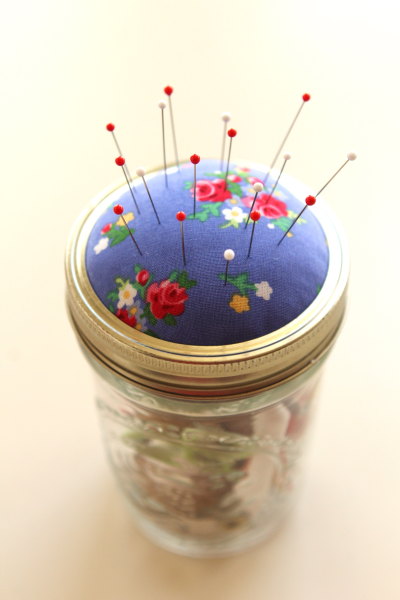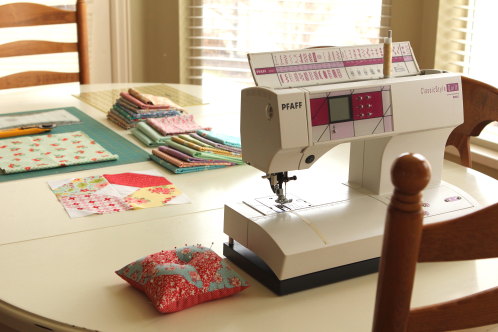Quick and Easy Mending Kits

This past Monday I taught a little class about mending to a group of 10 and 11 year old girls. Since we had a small budget, I put together inexpensive mending kits for each of the girls, inspired by a…

This past Monday I taught a little class about mending to a group of 10 and 11 year old girls. Since we had a small budget, I put together inexpensive mending kits for each of the girls, inspired by a…

I dream of having my own sewing and craft room with a big, sunny window, and lots of lovely organization. But until then I sew at my kitchen table. On the bright side, sewing in the kitchen means that I…